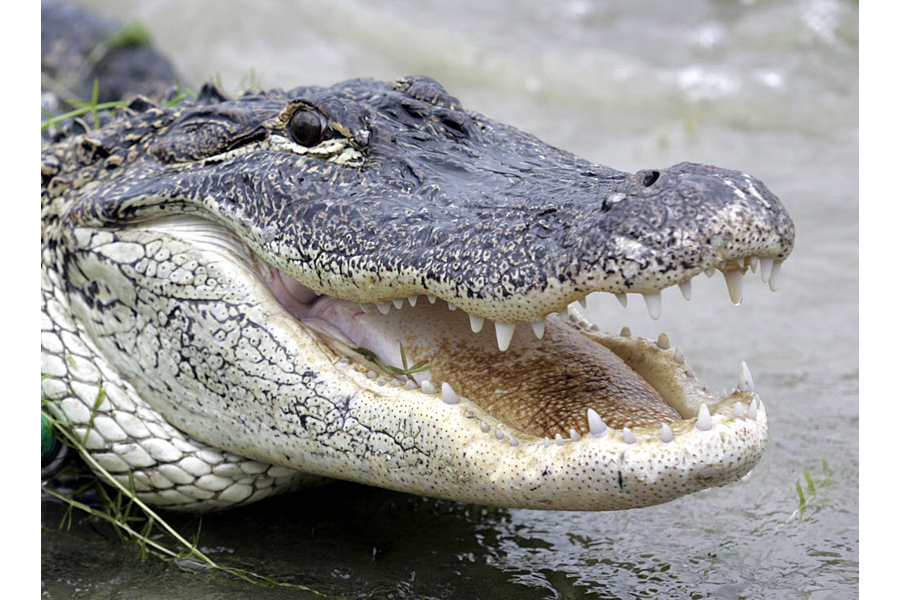How can Florida help keep alligators and humans apart?
Loading...
A toddler dragged into a lagoon by an alligator at a Disney hotel in Orlando Tuesday night has heightened focus on how Florida deals with its population of giant reptiles.
To manage its million-plus gators, the state employs dozens of camouflage-clad trappers and sells a limited number of hunting permits. But, the growth of the populations of both the once-endangered species and of Floridians has led some to ask if the state's handling of the gators can be improved.
Some have questioned the state's use of independent contractors to do its gator trapping. In 2012, when these trappers expressed dissatisfaction with the pay they received to do the job, Brian Yablonski, a wildlife commissioner, asked whether it was time to abandon the alligator nuisance program.
“After all, he said, when he’s faced with intrusions by ‘vicious cockroaches and ants,' he doesn’t call a state hotline for a free removal service. He calls, and pays, for the service an exterminator,” wrote the Tampa Bay Times.
That’s not the right analogy, wildlife commission chairman Ken Wright said at the time.
"Unlike roaches, gators do eat people," said Mr. Wright. "You can't just step on them."
Although alligators are found across the South, Florida claims more than any other state. Estimates ranged from 1.3 million to 2 million in 2013, or one gator for every 10 to 15 Floridians, reported the Orlando Sentinel.
But gator attacks are rare. In 2015, there were just nine alligator bites in Florida that required more than first aid treatment, and no minor bites, according to the Florida Fish Wildlife and Conservation Commission. Included in those attacks was one fatality, the first since 2007. Most bites occur in or around water, and are often defensive, according to the wildlife commission. Since 1948, there have been 23 alligator fatalities, not including those currently under investigation.
As Florida’s alligators have become more comfortable around their human neighbors, the animals have overtaken golf courses (a video went viral of a dinosaur-like gator), invaded backyards, and have even tried to jump into the shower with at least one woman. To manage “nuisance” alligators, the state has created a network of trappers.
Under the program, a trapper is allowed to kill an alligator larger than four-feet and considered a nuisance, and to sell its meat and skin. In 2015, the program received 13,962 complaints about gators, and killed 7,513 alligators, according to the wildlife commission. This number has remained more or less steady over the last decade, but is up from 1990s. Then the state received fewer than 14,000 complaints per year, and killed fewer than 5,000 gators per year.
The commission notes this increase has occurred as Florida has experienced tremendous human population growth, with many residents seeking waterfront homes, and enjoying recreational water activities.
“As more people are drawn to the water, more alligator-human interactions can occur, creating a greater potential for conflict,” writes the commission. “The frequency of these serious bites is increasing at a rate of about 3 percent each year, or one additional bite every 4-5 years.”
On top of this predicament, trappers were upset in 2012 over state support. Most of the money they earn is through the sale of alligator meat and hides. The demand then decreased, while the price of gas, needed because trappers cover wide areas, increased. The state proposed the hire of part-time trappers, which upset the veteran trappers even more.
As Florida tries to control the population of one of the strongest biters and swiftest swimmers in the animal kingdom, the search continues for the 2-year-old Nebraska boy who disappeared from a man-made lake at Disney's Grand Floridian Resort & Spa Tuesday night.







